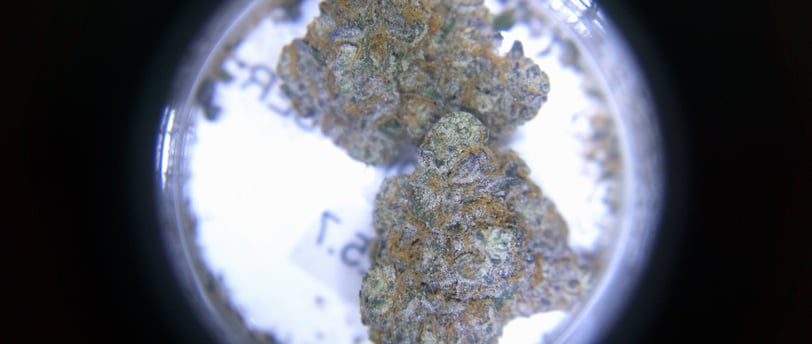Aliens, and Medicinal Benefits of Marijuana
6/4/20242 min read


The Medical Benefits of Marijuana and Different Ways to Consume It
Introduction
Marijuana, also known as cannabis, has been used for medicinal purposes for thousands of years. Recent research has highlighted its potential in treating a variety of medical conditions. This article explores the medical benefits of marijuana and the different ways to consume it.
Medical Benefits of Marijuana
1. Pain Relief
One of the most well-known benefits of marijuana is its ability to relieve chronic pain. Cannabinoids, the active compounds in marijuana, interact with the body’s endocannabinoid system to reduce pain and inflammation. This makes it an effective treatment for conditions such as arthritis, fibromyalgia, and multiple sclerosis.
2. Reducing Nausea and Vomiting
Marijuana is often used to alleviate nausea and vomiting, particularly in patients undergoing chemotherapy for cancer. The cannabinoids in marijuana, particularly THC (tetrahydrocannabinol), are effective in reducing these symptoms, helping patients maintain their appetite and overall strength.
3. Improving Sleep
Marijuana can be beneficial for individuals with insomnia or other sleep disorders. It can help improve sleep quality by reducing the time it takes to fall asleep and increasing deep sleep phases.
4. Treating Anxiety and PTSD
Certain strains of marijuana, particularly those high in CBD (cannabidiol), have been found to reduce anxiety and symptoms of PTSD (post-traumatic stress disorder). CBD has a calming effect on the nervous system without the psychoactive effects of THC.
5. Controlling Epileptic Seizures
CBD has shown promise in reducing the frequency and severity of seizures in individuals with epilepsy, including rare conditions such as Dravet syndrome and Lennox-Gastaut syndrome. The FDA has approved a CBD-based medication, Epidiolex, for treating these conditions.
6. Supporting Mental Health
Marijuana can have a positive impact on mental health conditions such as depression and bipolar disorder. While more research is needed, some studies suggest that marijuana can help stabilize mood and alleviate symptoms.
Different Ways to Consume Marijuana
1. Smoking
Smoking is one of the most traditional methods of consuming marijuana. This method involves inhaling the smoke from burning marijuana flowers. While effective, it can be harsh on the lungs and may not be suitable for everyone.
2. Vaping
Vaping involves inhaling vaporized marijuana concentrates. This method is considered healthier than smoking because it reduces the intake of harmful combustion byproducts. Vaping devices can be used with marijuana flower or concentrated oils.
3. Edibles
Edibles are food products infused with marijuana. They come in various forms, including baked goods, candies, and beverages. Edibles provide a longer-lasting and more intense effect compared to smoking or vaping, but they can take longer to kick in.
4. Tinctures
Tinctures are liquid extracts of marijuana that are usually taken sublingually (under the tongue). This method allows for quick absorption into the bloodstream, providing rapid effects without the need to smoke or inhale vapor.
5. Topicals
Topicals are marijuana-infused creams, lotions, and balms applied directly to the skin. They are used for localized relief of pain, inflammation, and skin conditions without producing psychoactive effects.
6. Capsules and Pills
Marijuana capsules and pills provide a convenient and precise way to consume cannabis. They are often used for medical purposes, allowing for controlled dosing and consistent effects.
7. Transdermal Patches
Transdermal patches deliver cannabinoids through the skin and into the bloodstream. They offer a slow, controlled release of marijuana, providing long-lasting effects without the need for frequent dosing.
Conclusion
Marijuana offers a range of medical benefits, from pain relief to seizure control. With various consumption methods available, patients can choose the one that best suits their needs and preferences. As research continues to uncover more about marijuana’s therapeutic potential, its role in modern medicine is likely to expand.
